If you want to know more information (such as product/process price, etc.), please contact us 24-hour telephone
Cobalt (Co), a sturdy transition metal, shines with magnetic, tough, and rust-proof traits. These qualities make it a star player in high-tech industries. It’s a key ingredient in lithium-ion batteries, powering electric cars like Teslas and gadgets like your phone or laptop. Cobalt also shows up in super-strong alloys for jet engines, razor-sharp cutting tools, chemical reaction helpers, and even medical implants, like knee replacements. With so many uses, getting cobalt out of its ore—what we call Cobalt Ore Processing—is a huge deal globally. Honestly, it’s wild to think how much we rely on this one metal!
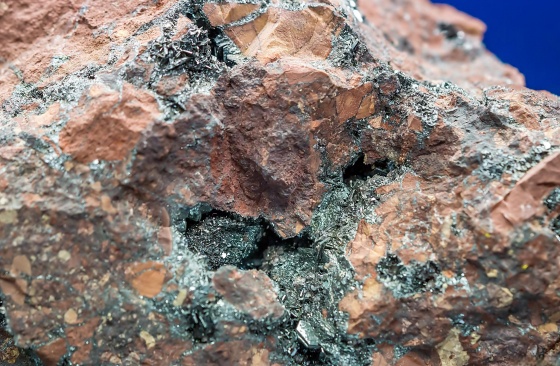
Cobalt hides in a few different kinds of ores, each with its own personality:
These ores often hang out with nickel and copper. Miners process them with scorching heat (pyrometallurgy) or watery chemicals (hydrometallurgy).
Laterite Ores: These are common in steamy, tropical spots like the Congo or Indonesia. They’re packed with iron and aluminum, which makes them a pain to process.
Arsenide Ores: Not used much anymore, but they were big in the old days. The arsenic in them needs super tight environmental controls—no one wants that poison leaking out.
You’ll find cobalt in deposits like copper-nickel-cobalt ore, copper-cobalt ore, iron-cobalt ore, and asbolite ore. Each one’s a bit different to handle.
Miners pull cobalt ores from the ground using two main tricks: open-pit or underground mining. Open-pit is cheaper for shallow deposits. Picture giant bulldozers digging up dirt in places like the Democratic Republic of Congo. Underground mining, though, works better for deeper stuff. It uses tunnels and shafts, like in some Australian mines. Both methods need strict safety rules. Plus, you’ve got to watch the environmental impact. For instance, sloppy mining can mess up nearby rivers with muddy runoff.
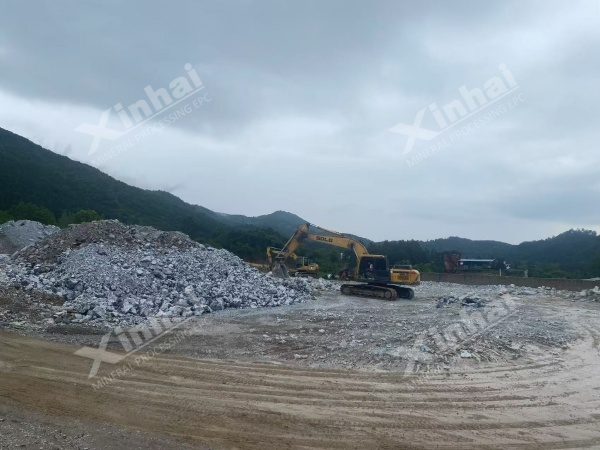
Once the ore’s out, it’s smashed and ground into tiny pieces. This makes it easier to sort. Then comes beneficiation—a fancy term for picking out the good bits. Miners use tricks like flotation or gravity separation:
For copper-nickel-cobalt ore, a mixed flotation process snags a concentrate with all three metals. It’s like sifting gold from gravel.
With copper-cobalt ore, miners might do differential flotation. They float copper first, then go for cobalt. It’s a one-two punch.
Iron-cobalt ores are trickier. Cobalt and iron are super tight, so miners use flotation and magnetic separation to split them up.
Asbolite ore can go solo or use a combo approach. Options include gravity separation, magnetic separation, flotation, acid leaching, or even acid leaching plus flotation.
After sorting, the ore concentrate gets a chemical treatment to free the cobalt. Here’s the breakdown:
This method cranks up the heat to separate cobalt from other metals. It’s like baking the ore to pull out what you want.
Roasting: Turns sulfides into oxides by heating them. It preps the ore for the next step.
Smelting: Melts the ore into a cobalt-rich “matte.” This is common in places like Canada’s Sudbury mines.
Refining: Uses electrorefining or chemical methods to make pure cobalt. You end up with clean, shiny metal.
Pros: It’s a classic method, perfect for sulfide ores. Cons: It burns a ton of energy and kicks out lots of CO₂. Not great for the planet, you know?
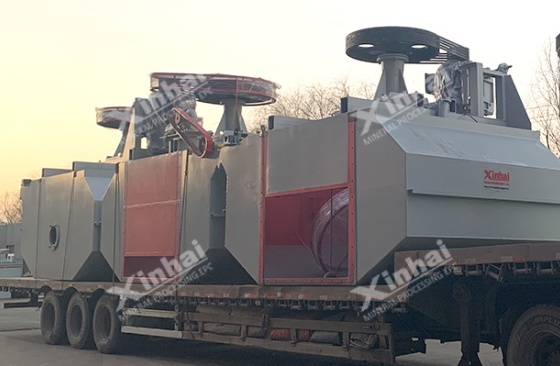
This uses watery solutions to pull metals out. It’s a bit gentler but needs careful handling.
Pressure Acid Leaching (PAL): Hits the ore with high-pressure acid to grab cobalt.
Solvent Extraction (SX): Picks cobalt out of the solution, like fishing for the right piece.
Ion Exchange: Swaps out junk for cobalt ions.
Precipitation: Turns cobalt into solids, like cobalt hydroxide or sulfate, ready for batteries.
For example, in Australia, miners might use sulfuric acid with oxygen to leach cobalt from laterite ores. The solution gets cleaned, and cobalt comes out as a usable compound. Pros: It’s greener and grabs more cobalt. Cons: It’s slow and dealing with those chemicals can be a hassle.
The last step is making cobalt super pure. In pyrometallurgy, electrorefining uses electricity to zap away impurities. In hydrometallurgy, solvent extraction pulls out cobalt ions before turning them into high-purity stuff like cobalt sulfate—think batteries for electric scooters or Airbus jet parts. This ensures the cobalt’s clean enough for top-notch tech.
Cobalt mining can be tough on Mother Earth. Pyrometallurgical methods burn heaps of energy, pumping out CO₂ like nobody’s business. Hydrometallurgy is better but uses harsh chemicals. If you’re not careful, those can leak into the ground—bad news for local water supplies. Arsenide ores are even worse with their toxic arsenic by-products. Picture a poorly run mine in the DRC leaving a river cloudy with waste. Mines need solid tailings management and water treatment to keep things clean.
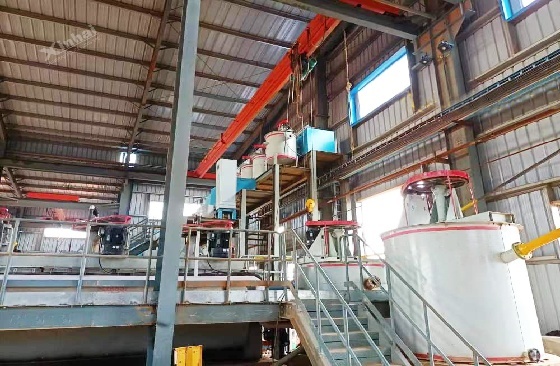
New ideas are popping up to make Cobalt Ore Processing smarter and cleaner:
Bioleaching: Bacteria chew on ore at low temps to free cobalt. It’s like letting tiny critters do the heavy lifting.
Deep-Sea Mining: Folks are eyeing cobalt-rich nodules on the ocean floor. It’s still in early stages but could be huge.
Direct Lithium Extraction (DLE) with Cobalt Recovery: Pulls both lithium and cobalt from brines, like in Chile’s salt flats.
These advances are cool but not fully ready yet. They could save money and help the environment down the road.
Here’s the deal: over 60% of the world’s cobalt comes from the Democratic Republic of Congo. Trouble is, mining there often involves rough stuff like child labor or unsafe tunnels. I read about kids as young as 10 working in dusty mines—heartbreaking, right? To fix this:
Companies are setting up ways to track where cobalt comes from.
Recycling, like pulling cobalt from old phone batteries, cuts the need for new mining.
Regulators push for certifications to ensure ethical practices.
With electric cars and solar power booming, ethical sourcing is a big issue. Nobody wants their green tech tied to bad practices.
Q1: What are the main types of ores used for extracting cobalt?
A1: You’ve got sulfide ores, laterite ores, arsenide ores, copper-nickel-cobalt ores, iron-cobalt ores, copper-cobalt ores, and asbolite ores. Each one’s got its own quirks.
Q2: Which processing method is more environmentally friendly—pyro or hydrometallurgy?
A2: Hydrometallurgy’s the greener pick. It cuts down on CO₂ and pulls out more cobalt.
Q3: Can cobalt be recovered from other metal mining operations?
A3: Sure thing! Cobalt’s often a sidekick, so it’s grabbed alongside nickel using PAL or scooped from copper solutions during electrowinning.
Q4: What role does bioleaching play in modern cobalt extraction?
A4: Bioleaching uses bacteria to yank cobalt from ores at low temperatures. It’s awesome for low-grade ores or waste piles.
Q5: How does Xinhai Mining support customized solutions for cobalt ore processing?
A5: Xinhai Mining builds custom plans based on your ore’s makeup. Hit up their team for help picking equipment or designing processes.
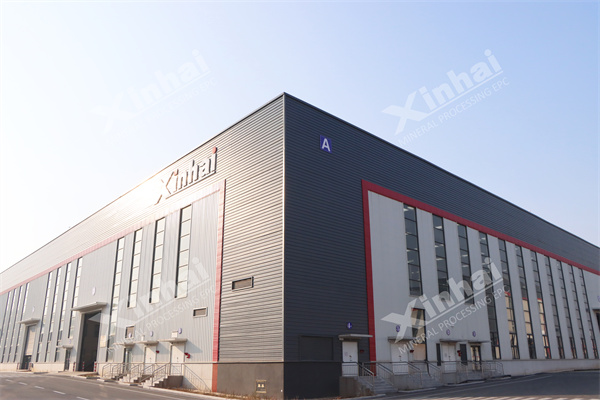
Ready to level up your Cobalt Ore Processing? Reach out to us or see how Xinhai Mining can craft efficient, eco-friendly solutions for you!